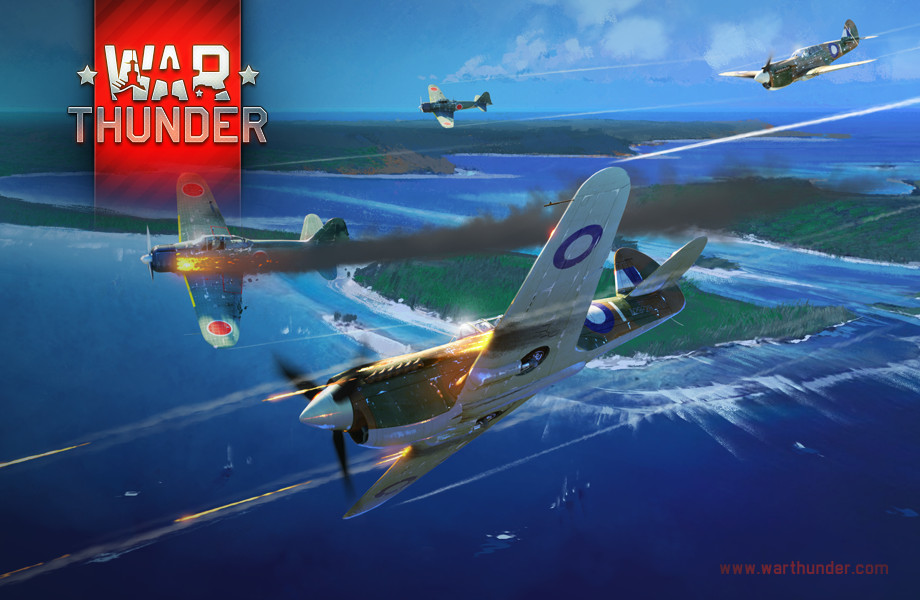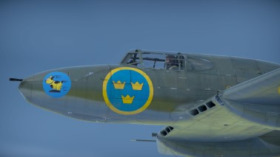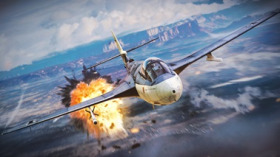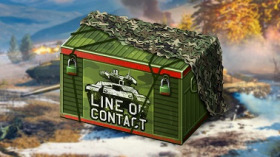
- For PC
- For MAC
- For Linux
- OS: Windows 10 (64 bit)
- Processor: Dual-Core 2.2 GHz
- Memory: 4GB
- Video Card: DirectX 11 level video card: AMD Radeon 77XX / NVIDIA GeForce GTX 660. The minimum supported resolution for the game is 720p.
- Network: Broadband Internet connection
- Hard Drive: 23.1 GB (Minimal client)
- OS: Windows 10/11 (64 bit)
- Processor: Intel Core i5 or Ryzen 5 3600 and better
- Memory: 16 GB and more
- Video Card: DirectX 11 level video card or higher and drivers: Nvidia GeForce 1060 and higher, Radeon RX 570 and higher
- Network: Broadband Internet connection
- Hard Drive: 75.9 GB (Full client)
- OS: Mac OS Big Sur 11.0 or newer
- Processor: Core i5, minimum 2.2GHz (Intel Xeon is not supported)
- Memory: 6 GB
- Video Card: Intel Iris Pro 5200 (Mac), or analog from AMD/Nvidia for Mac. Minimum supported resolution for the game is 720p with Metal support.
- Network: Broadband Internet connection
- Hard Drive: 22.1 GB (Minimal client)
- OS: Mac OS Big Sur 11.0 or newer
- Processor: Core i7 (Intel Xeon is not supported)
- Memory: 8 GB
- Video Card: Radeon Vega II or higher with Metal support.
- Network: Broadband Internet connection
- Hard Drive: 62.2 GB (Full client)
- OS: Most modern 64bit Linux distributions
- Processor: Dual-Core 2.4 GHz
- Memory: 4 GB
- Video Card: NVIDIA 660 with latest proprietary drivers (not older than 6 months) / similar AMD with latest proprietary drivers (not older than 6 months; the minimum supported resolution for the game is 720p) with Vulkan support.
- Network: Broadband Internet connection
- Hard Drive: 22.1 GB (Minimal client)
- OS: Ubuntu 20.04 64bit
- Processor: Intel Core i7
- Memory: 16 GB
- Video Card: NVIDIA 1060 with latest proprietary drivers (not older than 6 months) / similar AMD (Radeon RX 570) with latest proprietary drivers (not older than 6 months) with Vulkan support.
- Network: Broadband Internet connection
- Hard Drive: 62.2 GB (Full client)
From 6am GMT March 22nd (11pm PDT March 21st)
to 6am GMT March 24th (11pm PDT March 23rd):
x4 RP gain for all nations for the first win of the day
50% discount for P-40 "75 Squadron RAAF" camouflage
20% discount for Australian aircraft:
Wirraway, Boomerang Mk.I, Boomerang Mk.II, Beaufighter Mk.XXI
Up to 150,000 Silver Lions for performing tasks on the P-40 and A6M2:
- Destroy 30/10/5 air targets in Arcade/Realistic/Simulator battles respectively, while flying P-40E-1 Kittyhawk
- Destroy 30/10/5 air targets in Arcade/Realistic/Simulator battles respectively, while flying A6M2 Zero
Formed in Townsville, Queensland on the 4th March 1942, No 75 Squadron was to become one of the RAAF's most famous Units. The squadron was equipped with twenty five P-40E Kittyhawk's (A29-1 through to A29-25) which were made available to the RAAF by the Americans.
After only one week of training, the Squadron flew to New Guinea, the first planes arrived on the 21st of March 1942, the arrival, which almost finished in a debacle as ground personnel opened fire at the Kittyhawks they never seen before and which had a red circle on roundels which looked similar to the Japanese “hinomarus”, resulting in damaging three of the four planes. Other planes followed soon after and No.75 started it’s combat career with only a few pilots having any kind of previous combat experience.
|
|
|
| A No. 75 Squadron Kittyhawk at Milne Bay in September 1942 | CAC Sabre |
On 22nd March 9 Kittyhawks of No. 75 covering Hudsons from 32 Squadron attacked Lae airfield. Kittyhawks strafed airfield while Hudsons dropped their bomb load. Bomber formation was engaged by sole Japanese Zero fighter which was shot down by bomber crew while three Zeroes engaged fighters. Two were shot down for loss of two Kittyhawks. The operation resulted in the destruction of 9 Zeroes and 3 bombers while two more fighters and 3 more bombers were damaged.
75 squadron continued to fight valiantly for six weeks, then, with only one serviceable KittyHawk left, it was returned back to Australia. In 44 days of combat No. 75 managed to destroy at least 35 enemy planes (probably 10-15 more) and damage 50 enemy planes for the loss of 22 Kittyhawks and 12 pilots.
A replenished No. 75 Squadron returned back to New Guinea in August and together with No. 76, were engaged in the defence of Milne Bay. After being part of successful defence there, No. 75 continued to fight until the end of war from different bases in the region.
After the war No. 75 was equipped with De Havilland Vampires and put to the defence of Malta. In its operational history the Squadron flew P-40 Kittyhawks, P-51 Mustangs, De Havilland Vampires, Gloster Meteors, CAC Sabres and Dassault Mirage III’s. Today, the Squadron is flying F/A-18 Hornets.
War Thunder team






